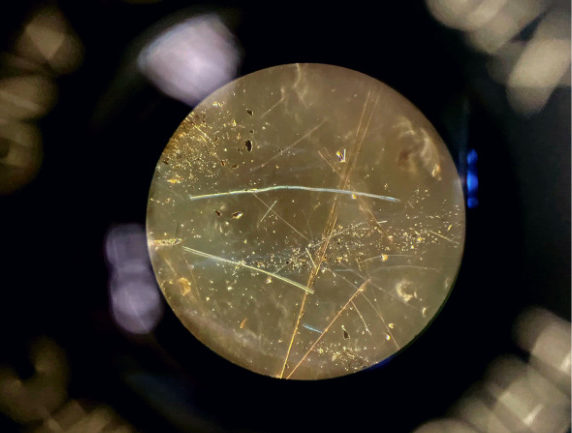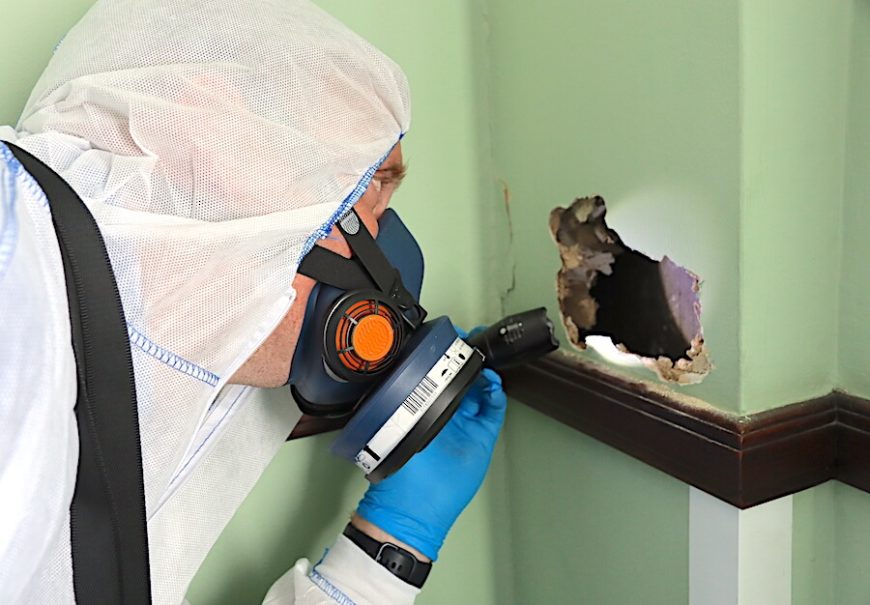What is asbestos and is it harmful?
What is asbestos?
Asbestos refers to a group of naturally occurring fibrous minerals that have crystallized to form fibres. Asbestos fibres are extremely durable and resilient, which was why less than 50 years ago it was one of the most widely used materials in the construction industry before the extent of its dangers were understood. These fibres, if disturbed, can be released into the air causing serious health concerns.

The common types of asbestos minerals
- Chrysotile (White Asbestos)
- Amosite (Brown Asbestos)
- Crocidolite (Blue Asbestos)
- Anthophylite
- Tremolite
- Actinolite
Finding asbestos
Asbestos has the potential to be found in any domestic or industrial property that was built prior to the year 2000. Previously its uses included some of the following;
- Sprayed coatings (e.g. ceilings and walls)
- Asbestos insulation board (e.g. ceiling tiles and soffits)
- Asbestos cement (e.g. garage roofs, guttering, rooftiles and water tanks)
- Lagging (e.g. boilers and pipes)
- Asbestos reinforced composites (e.g. floor tiles, fire blankets, fuse boxes and toilet cisterns)
Is asbestos dangerous?
Asbestos itself, undisturbed and in good condition, is not dangerous to you. However, once disturbed the microscopic fibres that are released into the air do not break down. These fibres are what is so dangerous. Initial exposure does not cause concern as it can take up to 30 years from exposure for the first signs of disease to develop. The longer and more frequently you are exposed, the higher the risk of developing an asbestos related disease. Therefore, it is extremely important that construction and trade workers have asbestos awareness to prevent any unnecessary exposure.

Asbestos can cause the following serious diseases:
- Mesothelioma – a cancer that affects the lining of the lings and the lining of the digestive tract.
- Asbestosis – a serious lung condition
- Pleural thickening – a condition where the lining of the lung thickens and swells
- Asbestos related lung cancer – a cancer that develops a tumour in the lung.
How to stay safe with asbestos
It is important to remember that asbestos is only harmful when it has been disturbed. If you suspect this has happened, you must have a qualified and trained team come and deal with it. After the removal of asbestos having an air test done can confirm that there is no longer any contamination, and the area is now safe.
If you are unsure if asbestos is present, having an experienced and qualified surveyor come and look can put your mind at ease, and is a must if you are planning works at the property. Some asbestos containing materials must be removed especially if damaged, however, if in good condition it can be safer to be aware it is there and monitor it.
Complete our online form to receive a no obligation quote and book your asbestos survey. Or call us on 01273 510011. Or send as an email and we’ll give you a call back.